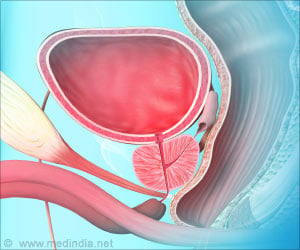
The researchers, led by Anny Slama-Schwok of the Institut National de la Recherche Agronomique, Jouy en Josas, France, found a much more stable, reliable target for anti-influenza activity.
The so-called ribonucleoprotein complexes are necessary for replication, and the researchers realized they could target the nucleoprotein, preventing assembly of the complexes. Because of its vital function, the nucleoprotein is highly conserved, making it a good potential target for antiviral drugs.
The nucleoprotein's three dimensional structure, solved in 2006, provided the basis for searching for new drugs that could interfere with its action. The researchers did a virtual screening within the Sigma-Aldrich online catalog of biochemicals.
That screening identified Naproxen, better known as the over-the-counter pain reliever Aleve, and as expected, it bound to the nucleoprotein, and impeded RNA binding, said Slama-Schwok.
In further testing, it reduced the viral load in cells infected with H1N1 and H3N2 influenza A virus, and in mice it demonstrated a therapeutic index against influenza A that was superior to that of any other anti-inflammatory drug.
Advertisement
The researchers said that naproxen is a lead compound for drug development that could be improved by tweaking the molecule to boost its ability to bind to nucleoprotein.
Advertisement
Its status as a non-steroidal anti-inflammatory drug (NSAID), which inhibits the COX-2 pathway, as well as an antiviral would boost its efficacy.
The finding has been published online ahead of print in the journal Antimicrobial Agents and Chemotherapy.
Source-ANI












